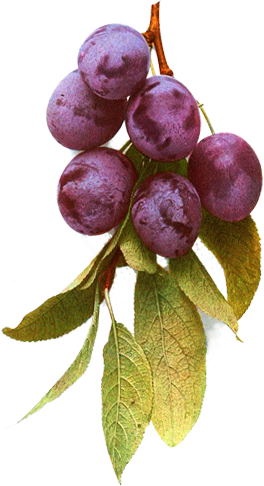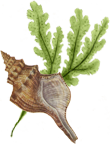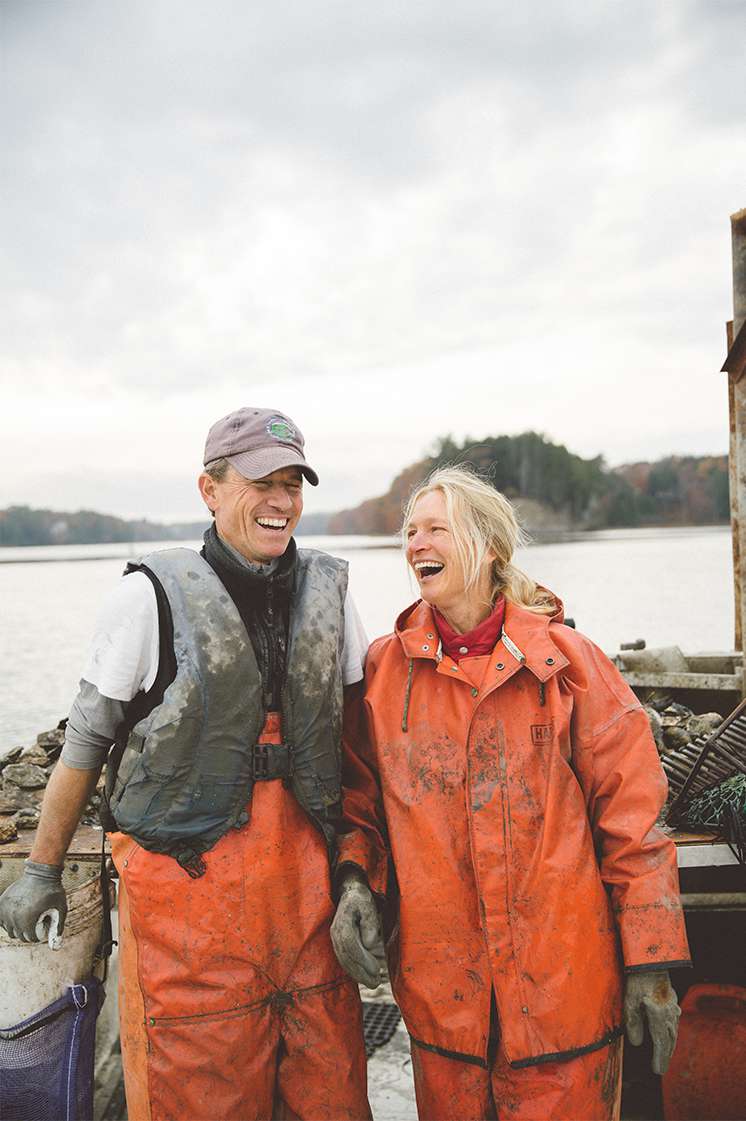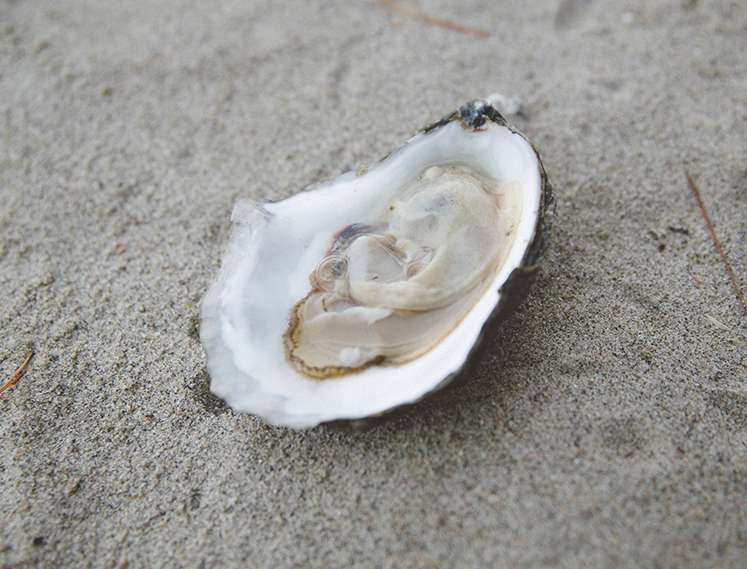Oysters—They’re Not Just for Rockefellers
It’s a nice fringe benefit, having the world’s second-largest ocean in your backyard. And even better when that ocean is home to some of the best sustainable food on the planet. Take oysters, for one … although oyster lovers are inclined to indulge in a significantly higher number.
Because of the relatively chilly water in the depths off the Maine coast, the local wild oyster population does not reproduce in great numbers. But Maine’s inner coastal waters provide excellent conditions, with all the creature comforts to make a farm-grown Maine oyster as happy as a … well, we’ll get to that other sea creature later.
So what exactly makes Maine oysters so special, other than the honest, friendly personalities they have in common with all native Mainers? The husband and wife team of Eric Horne and Valy Steverlynck weighed in on the subject. Their company, Maine Oysters, Inc., harvests between 200 and 250 thousand oysters in a good year. Known by the name Flying Point Oysters, their varietal, like oysters from Maine’s 56 other oyster farms, features its own distinctive taste and texture profile, a function of the specific waters in which the oysters are grown.
Flying Point Oysters, as Eric Horne described them, are known for their complex flavor with a hint of saltiness and a pronounced sweetness.
“It’s analogous to wine coming from different parts of a state or country,” he explained. “When people are out enjoying oysters, it’s really fun to try oysters from different locations.”
Valy was quick to add, “Because the oysters in Maine grow more slowly (due to the coldness of the water), they are a lot thicker and have much more meat inside the shell. They have incredible amounts of protein and very little fat. So they’re a very healthy source of protein.”
While Maine oysters are known for their high quality and boutique nature, the flourishing industry is steadily increasing the supply, and—not surprisingly—the demand at area restaurants and oyster bars. As those who’ve had the happy experience will tell you, once you’ve tasted a Maine oyster, you’re pretty much hooked. Or, as is more apropos, comfortably netted.
A Little Kelp from Our Friends
It doesn’t take an ex-Beatle to know that an octopus’ garden is going to feature some fabulous seaweed. However, harvesting the delicious, nutritious bounty from Maine’s big blue garden requires more than tentacles. As the folks who run Maine Coast Sea Vegetables will tell you, it takes many hands, and as many hours as there are in a day. But Linnette and Shep Erhart were up to the challenge when they created their business over a pot of seaweed miso soup featuring newly harvested alaria fronds.
It was 1971, the first year of life for the little company that could, and, working as a team of two, Linnette and Shep produced 200 pounds of seaweed for market. While founded on the idea of harvesting wild seaweeds, Maine Coast Sea Vegetables is now part of the growing number of seaweed farmers along Maine’s coast. In fact, Maine has the largest number of seaweed farms of any state in the country.
Today, Maine Coast Sea Vegetables has grown to 40 employees generating upward of 100,000 pounds of product each year. There is also a year-round crew of 18 at the company’s Franklin, Maine, facility who prepare the sea veggies for market and, ultimately, the cutting boards, stovetops and tables of homes and restaurants throughout Maine, the U.S. and foreign markets.
Foreign markets were hip to the benefits of seaweed long before they were known as foreign markets. In Japan, Korea and China, seaweed has been a standard part of the diet since prehistoric times. Kelps have been consumed since the 5th century in Japan and China. Today, chefs around the world are finding creative ways to prepare and serve these nutrient-rich sea vegetables. And while all that leafy bounty continues to grow in the ocean, the above-water growth in its popularity can be seen not just in fancy American eateries but on dining room tables from sea to shining, well, you know.
Mainers will proudly inform you that one of the best ways to experience our organically certified varieties of alaria, dulse, kelp, laver, sea lettuce, Irish moss, rockweed and bladderwrack is right here at any of the exceptional establishments that fly the flag of the sea-to-table movement. Of course, the root of that movement is stewardship. In other words, a mutually rewarding relationship between people and the sea.
Linnette and Shep Erhart are among Maine’s proud practitioners. As their Principles and Practices credo states: “We understand that these gifts from the sea come with the responsibility to maintain sustainable practices in harvesting, processing and merchandising—leaving more than we harvest, producing more than we consume, and giving back more than we take.”
Definitely words to plant, nurture, harvest and live by.










